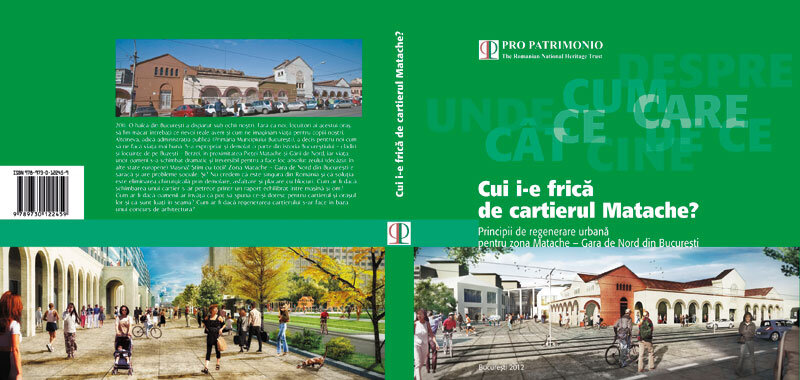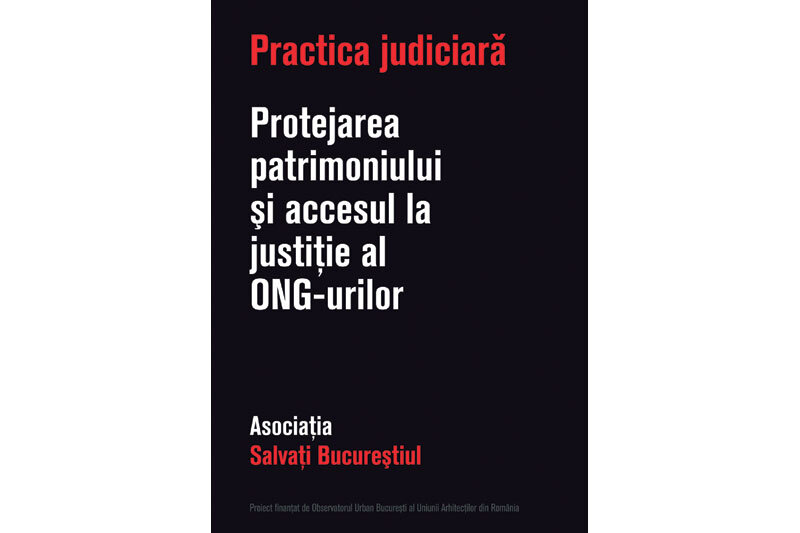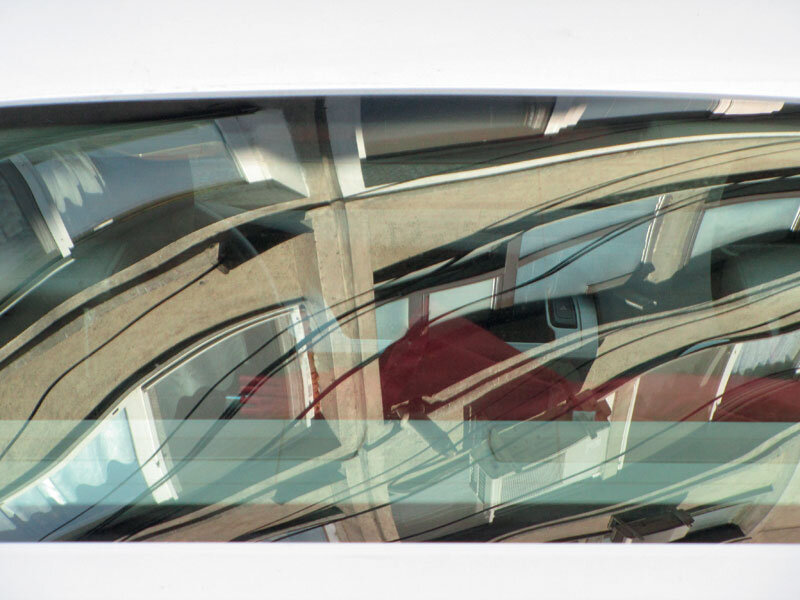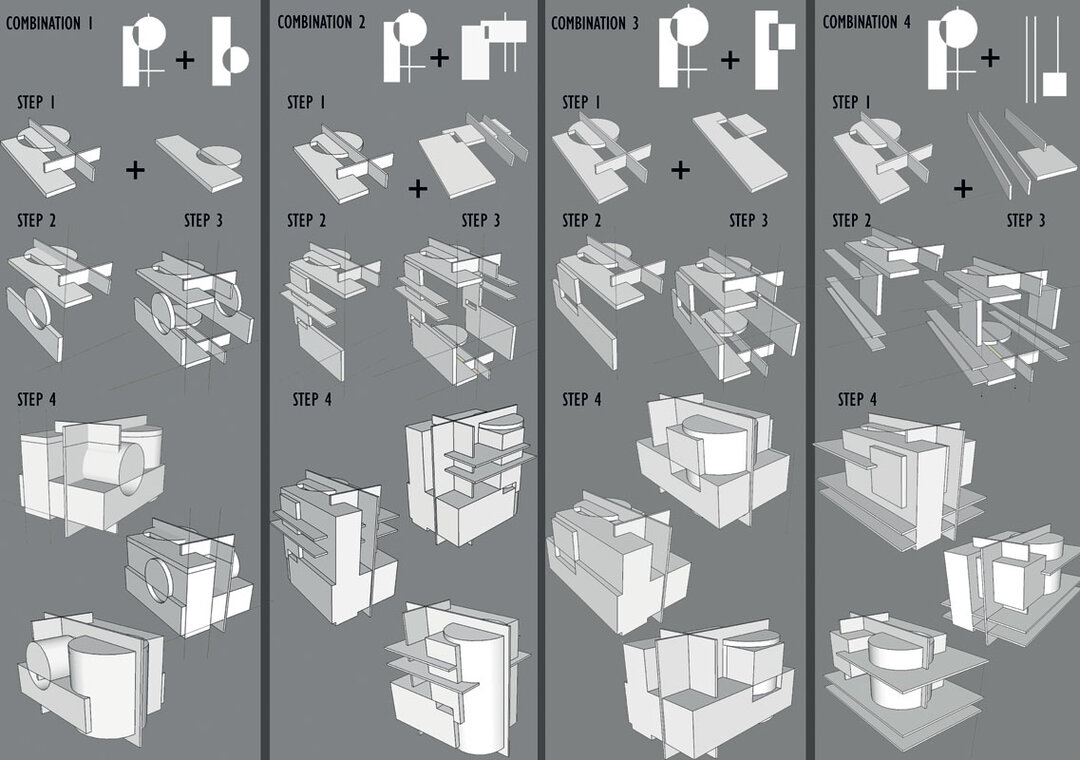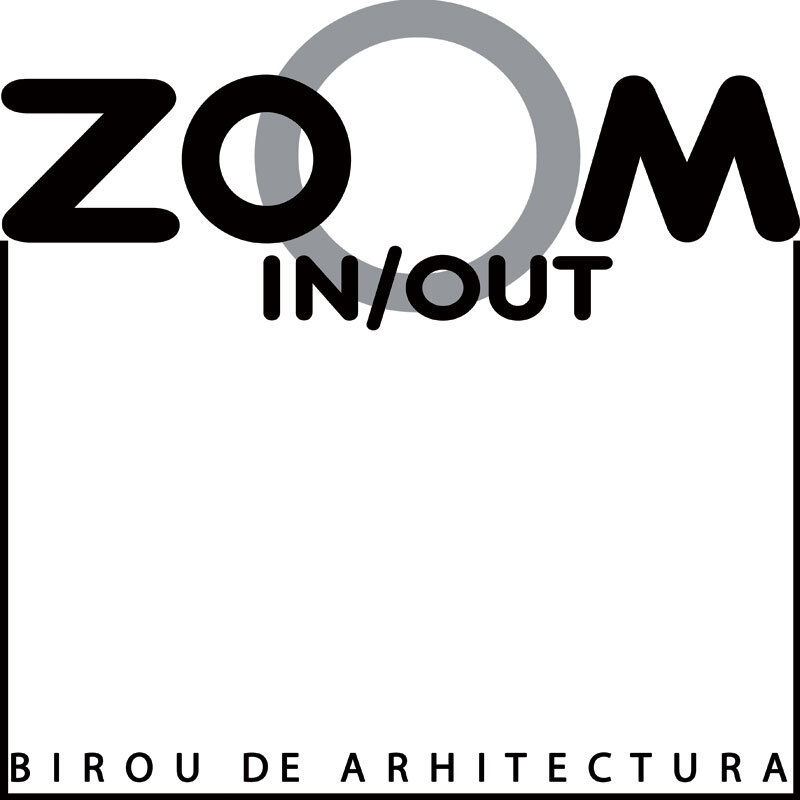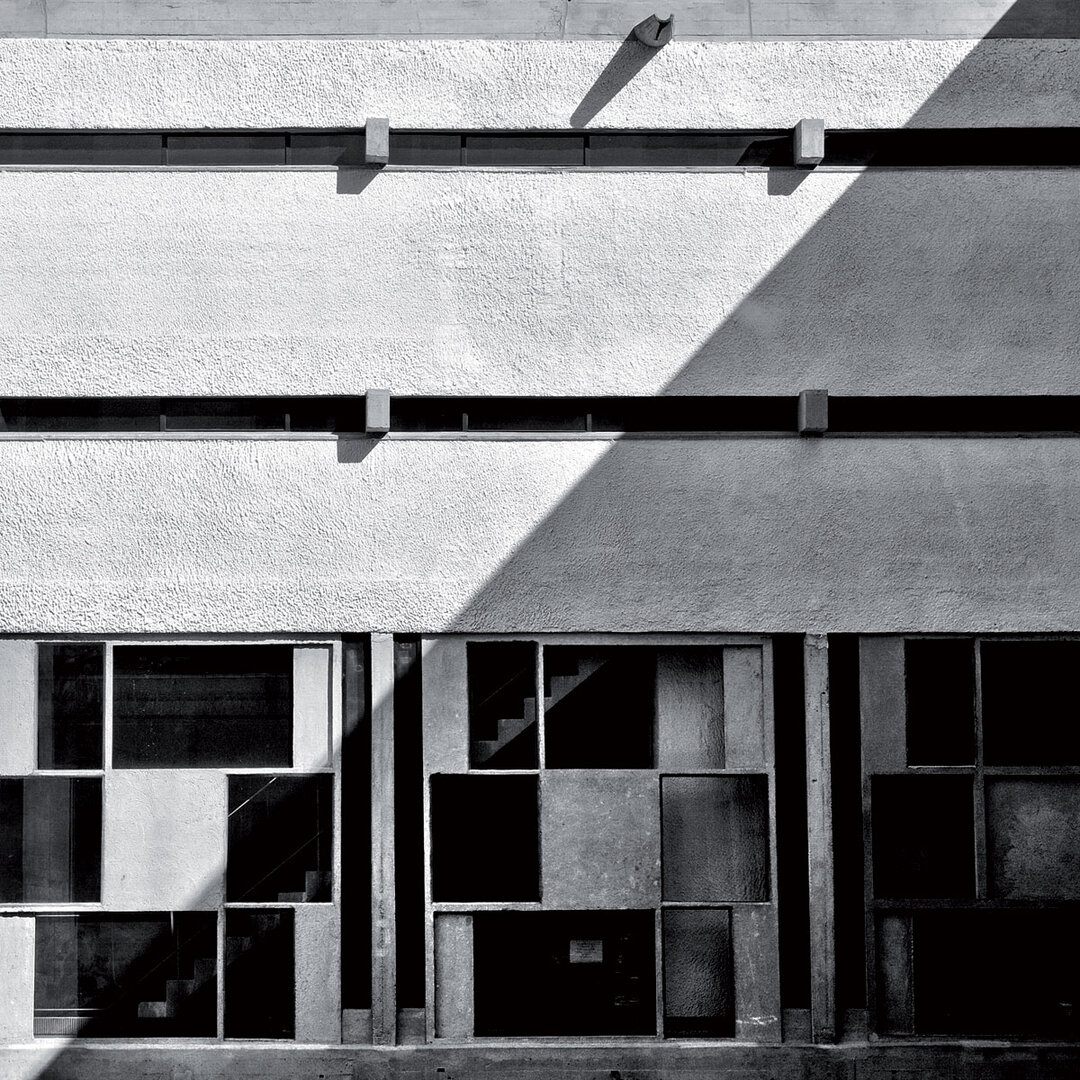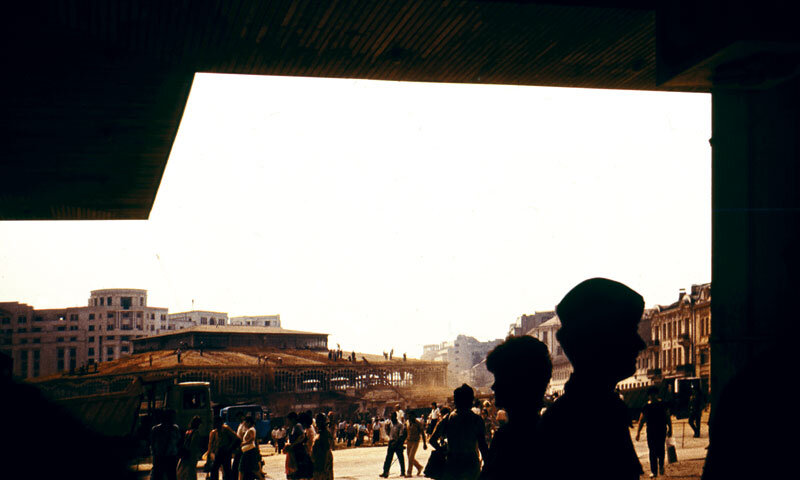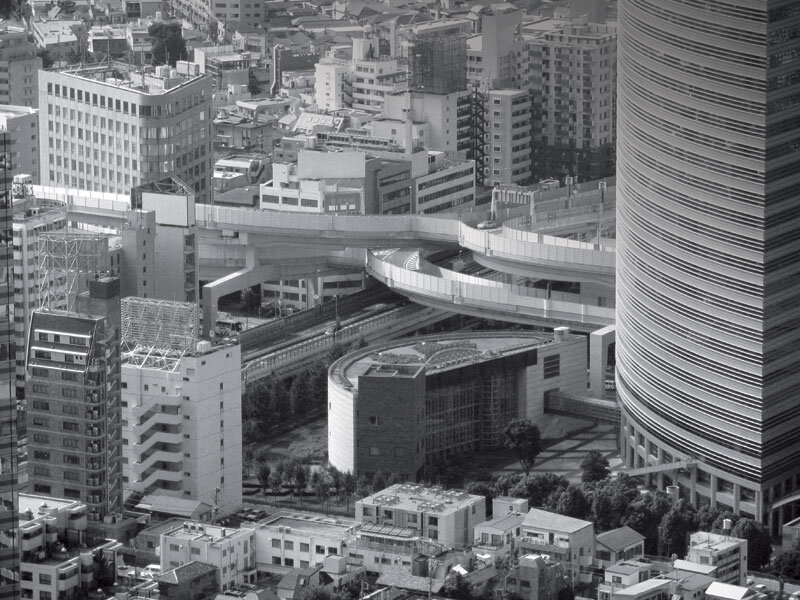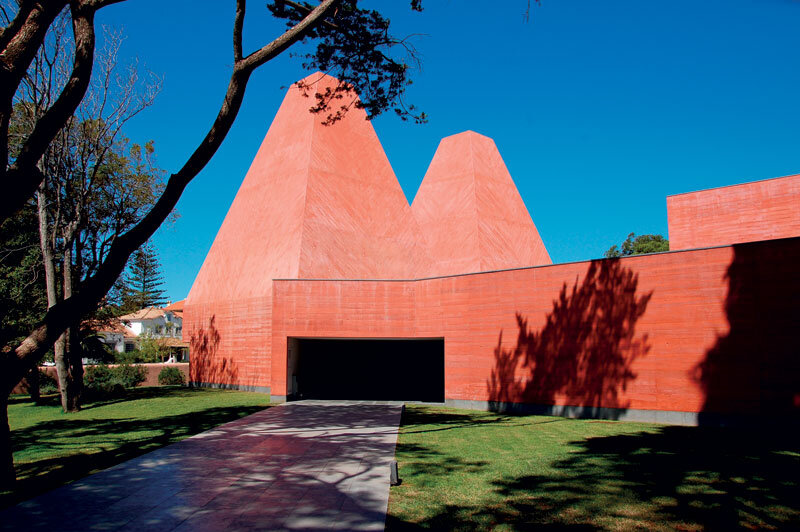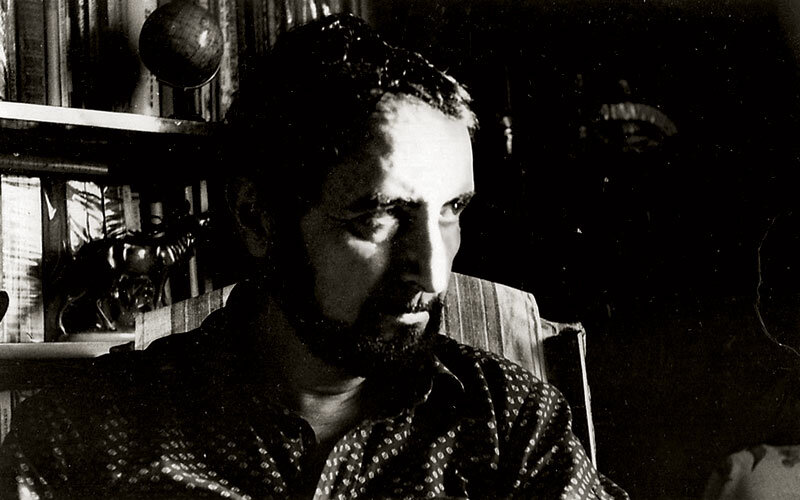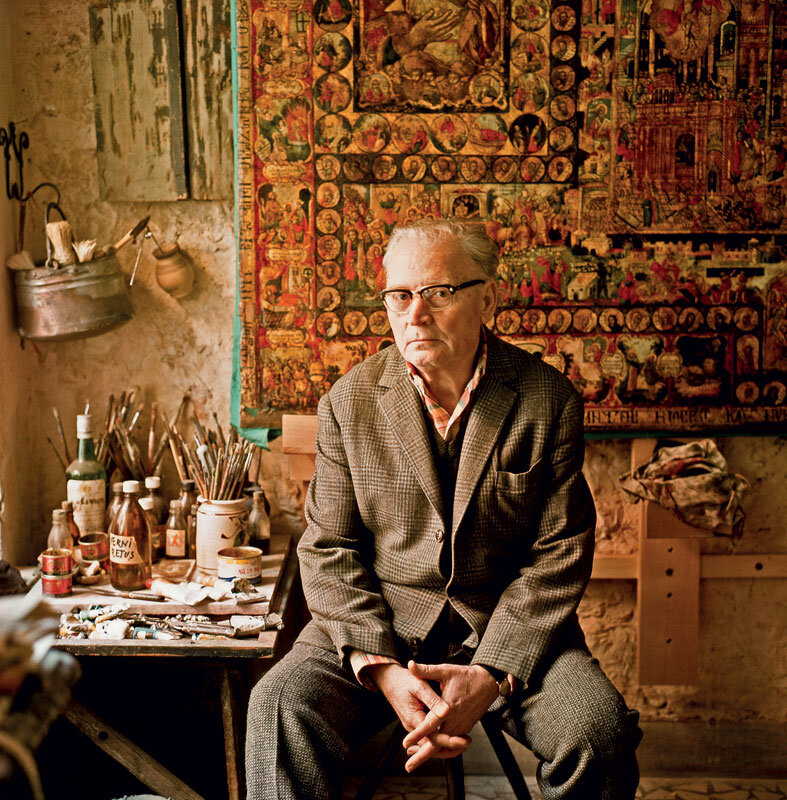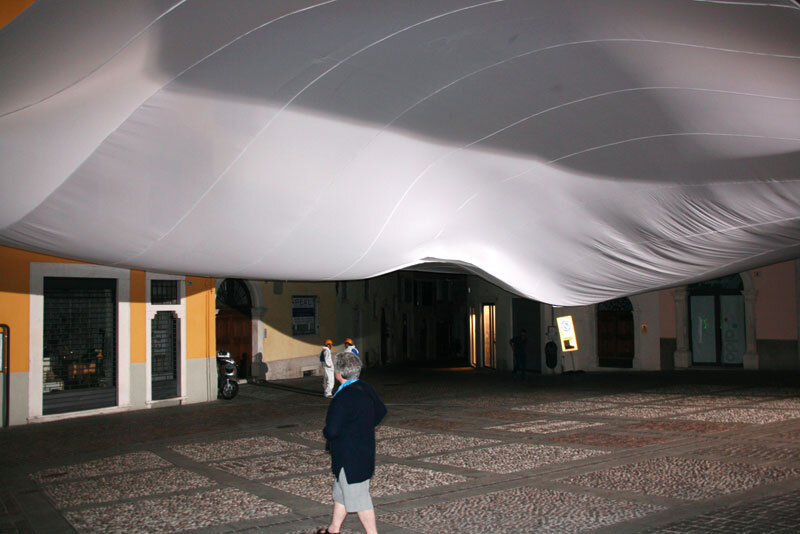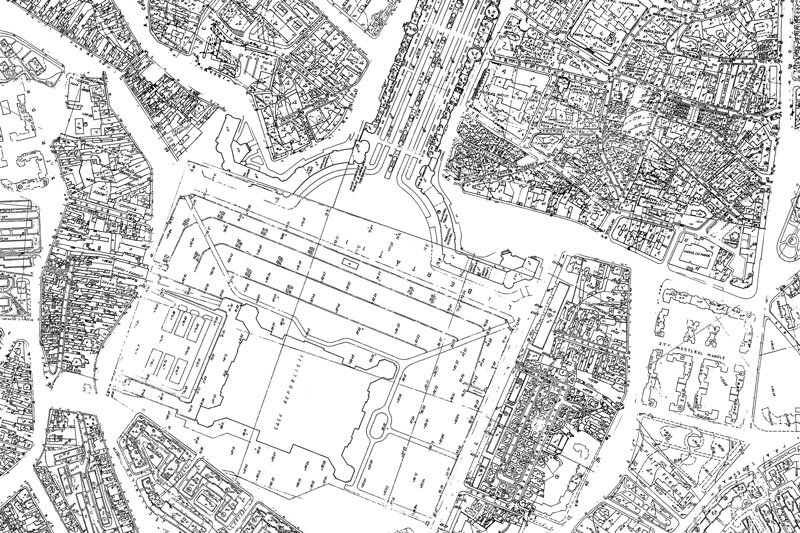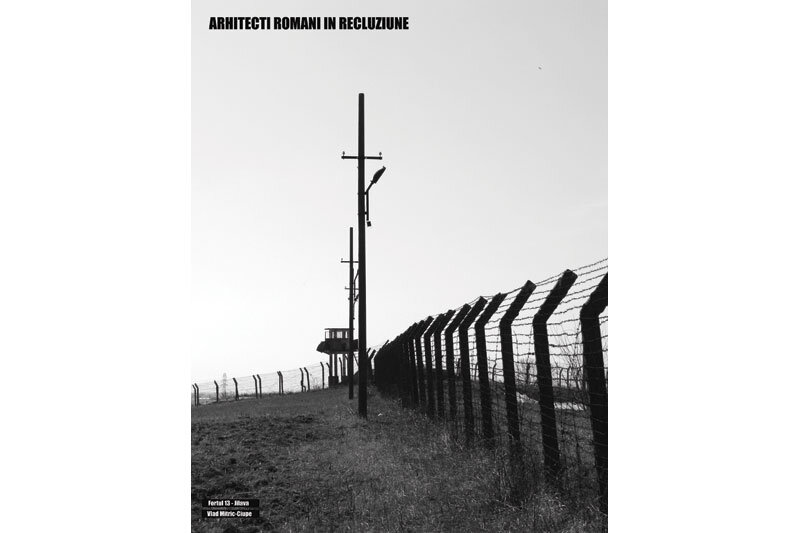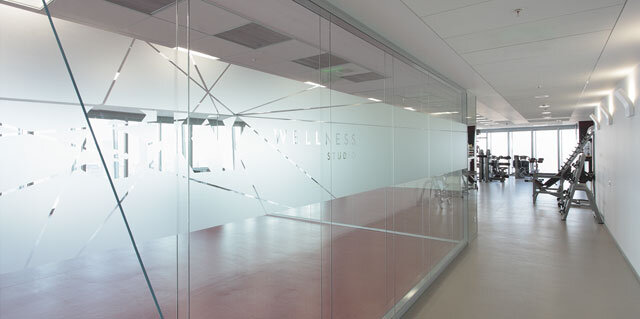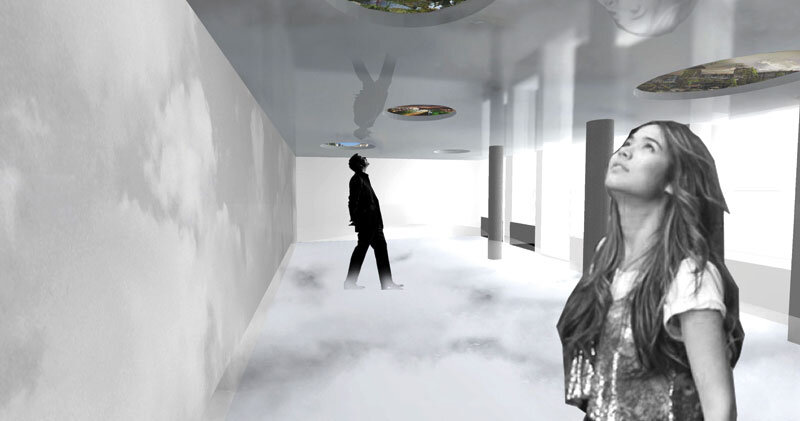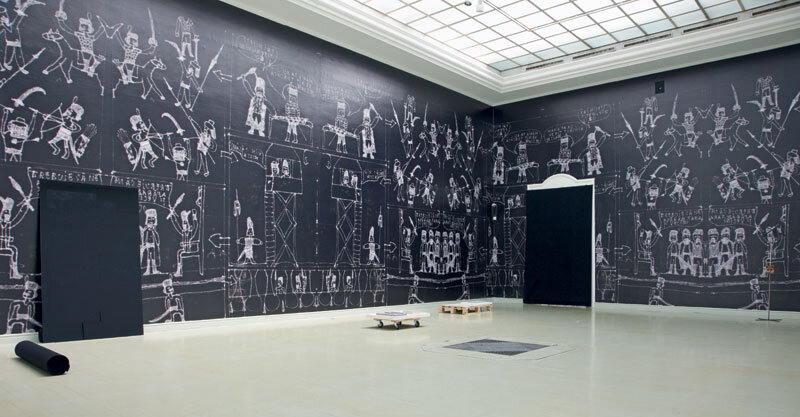
From the memory of places to the space of the embodied matter
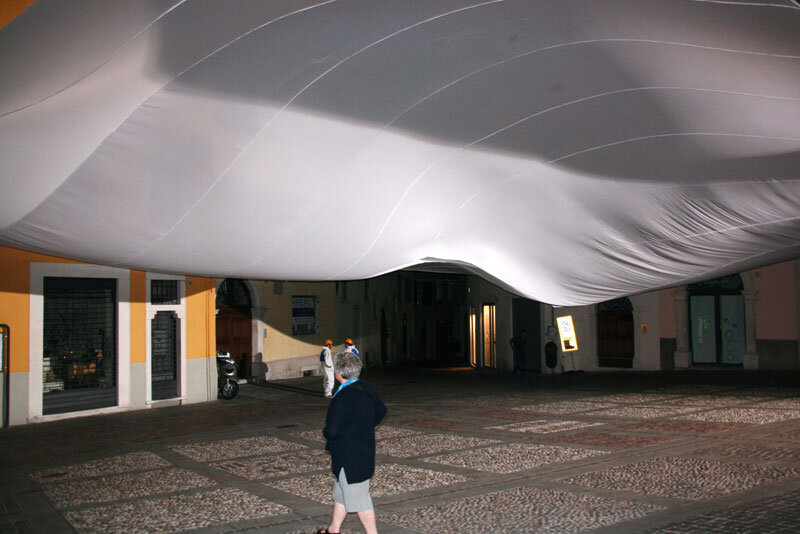
DE LA MÉMOIRE DES LIEUX
À L'ESPACE DU VIVANT
|
There are two things in a monument, function and beauty. Its function belongs to its owner, and its beauty belongs to us all. Victor Hugo |
| TRANS-FORFORMATIONS: the theme of this issue Architecture looks at the monument on the path leading from its origins to its contemporary future. It is therefore important for us today to bring together its history and its two memories (retrospective and prospective), while at the same time putting it to contemporary use. |
| Memory1 is life, carried on by the living, constantly evolving, in older memories and amnesic, unaware of its successive distortions, vulnerable to use and manipulation. "That which moves is found in memory", says Voltaire. Memory means keeping alive the capacity to preserve and evoke previous states of consciousness, which allows us to say that memory is linked to a truth, unlike the imaginary, which is linked to the fictive. History is the always incomplete and problematic reconstruction of what no longer exists. History is seeing and knowing (voir-savoir). History is the knowledge or the relationship between events in the past, facts relating to the evolution of a social group, a human activity..., it is the events, the facts thus related. Memory is an ever-present phenomenon, a link lived in the eternal present. Walter Benjamin said that "the past is the present of memory". The inheritance of ancestors, the heritage, is not located in the past, it subsists in the present, a reminiscence2 of origins, of founding myths. History is a representation of the past, a human invention of the Renaissance: Western man perceives historical distance, a rupture with the past, with his past. History helps to acquire identity. Because it is affective and magical, memory menages and assimilates the details that console it: vague, confused memories, specific filters. It can change meaning and causes, it chooses, betrays, censors. Memory has a power of ima-gination, i.e. the power to produce images, to configure things that occupy space, to bring to the surface what is missing. St. Augustine said that "memory is the present of the past", while it is precisely memory that evades time and the past. History requires analysis and critical discourse. Roland Bar-thes said: "History is not constituted unless we look at it, and in order to look at it, we must evade it"3. Memory fixes memory in the sacred, history expels it from there. François Bédarida puts it this way: "While history is situated outside a present time and generates the appearance of an external orientation, memory is placed in actuality, to some extent re-creates it, wandering inside the subject"4. Today, memory and history are uncertain: if the 19th century is considered in Europe as the century of history, since the Second World War we have entered the century of memory (until the moral duty of memory and history have merged). The loss of the sense of continuity between past and present thus dwells in places that Pierre Nora calls places of memory5. In order to integrate memory into the present, however, we first have to appropriate the past, its histories, its influences, its manifestations and representations, and then free ourselves from it. The past then becomes accessible, we can transcend it by preserving it, transforming it, reusing it, reusing it, even destroying it in order to inscribe ourselves in the future of the present. |
| Read the full text in issue 3/2012 of Arhitectura magazine. |
| NOTES: 1. Memory also knows a "technical" meaning: at the end of the 15th century and up to the 17th century, it is a summary note, then a document, a support for pleading. It is also a document written so that "the memory may be preserved on it". We will note that the meaning (at the end of the 16th century) is that of a detailed description of the amounts owed to the tenants (today this document determines the billing dates). 2. Reminiscence: the renewal of an almost faded, affectively marked memory. 3. Roland Barthes, La Chambre claire, Cahiers du cinéma, Gallimard, Seuil, 1980. 4. François Bédarida, in Histoire, critique et responsabilité, texte reunite de Gabrielle Muc, Henry Rousso, Michel Trebisch, Complexe, 2003. 5. Term coined by Pierre Nora (op.cit.): "unité significative, d'ordre matériel ou idéel, dont la volonté des hommes ou le travail du temps a fait un élément symbolique d'une quelconque communauté", in Les Lieux de mémoire, Gallimard, from 1984. |
|
There are two things in a monument, its use and its beauty. Its use belongs to the owner, its beauty belongs to everyone. Victor Hugo |
| TRANS-FORMĂRI: the theme of this issue of Arhitectura questions the monument in the journey that takes it from its origin to its contemporary future. For us today, then, it is a question of linking its history and its two memories (retrospective and prospective) by offering it a contemporary use. |
| Memory1 is life, carried by the living, in permanent evolution, recollective and amnesic, unaware of its successive deformations, vulnerable to use and manipulation". What touches the heart is found in memory" Voltaire tells us. Memory is still to have present in the mind the faculty of preserving and recalling past states of consciousness, which makes it possible to say that memory has a link with a truth, unlike the imaginary, which establishes a link with the fictive. History is the always incomplete and problematic reconstruction of what no longer is. History is seeing and knowing. History is the knowledge or the relating of events of the past, of facts relating to the evolution of a social group, of a human activity. Memory is an ever-present phenomenon, a lived link to the eternal present. Walter Benjamin says that "the past is the present of memory". The inheritance of ancestors, the heritage, is not si tuated in the past, it is lived in the present, a reminiscence2 of origins, of founding myths. History is a representation of the past, a human invention of the Renaissance: Western man experiences historical distance, a break with the past, his past. History helps to acquire identity. Because it is affective and magical, memory preserves and lives the details that comfort it: fuzzy, floating memories, particular screens. It can change meaning and causes, it chooses, it betrays, it censors. Memory has a power of imagination, i.e. the power to produce images, to picture things that occupy space, to bring to the surface what is absent. St. Augustine would say that "memory is the present of the past" when, in fact, it is precisely what it is that is removed from time and the past. History, on the other hand, calls for analysis and critical discourse, as Roland Barthes says: "History is only constituted if we look at it, and to look at it, we must be excluded from it"3 . Memory installs remembrance in the sacred, history flushes it out. François Bédarida puts it this way: "Whereas history is situated outside the event and generates an approach conducted from the outside, memory is placed within the event, and, as it were, goes back to the event, traveling inside the subject4 ". Today memory and history are in doubt: whereas the 19th century is considered in Europe as the century of history, since the Second World War we have entered the century of memory (to the point of confusing the duty to remember with the duty to history). The loss of the sense of continuity between the past and the present is then lodged in places, which Pierre Nora calls places of memory5. However, to experience memory, one must first appropriate the past, its stories, its influences, its manifestations and representations, and then free oneself from them. This is the duty of history. This past then becomes available, it can be transcended, conserved, transformed, reused, even destroyed, in order to become part of the future of the present. |
| Read the full text in the review. |
| NOTES: 1. Memoir also has a "technical" meaning: at the end of the 15th century until the 17th century, it is a summary writing, then a writing, a support for pleading. It is also a writing for "memory to be kept". It should be noted that the meaning (late 16th century) is also that of a detailed statement of the sums owed to the contractor (today it is this document which is used to draw up the invoice). (2) Reminiscence: the renewal of an almost faded, affectively marked memory. 3 Roland Barthes, La Chambre claire, Cahiers du cinéma, Gallimard, Seuil, 1980. 4. François Bédarida, in Histoire, critique et responsabilité, texts collected by Gabrielle Muc, Henry Rousso, Michel Trebisch, Complexe, 2003. 5. A term invented by Pierre Nora (op.cit.): "a significant unit, of a material or ideal order, of which the will of men or the work of time has made a symbolic element of some community", in Les Lieux de mémoire, Gallimard, from 1984. |

